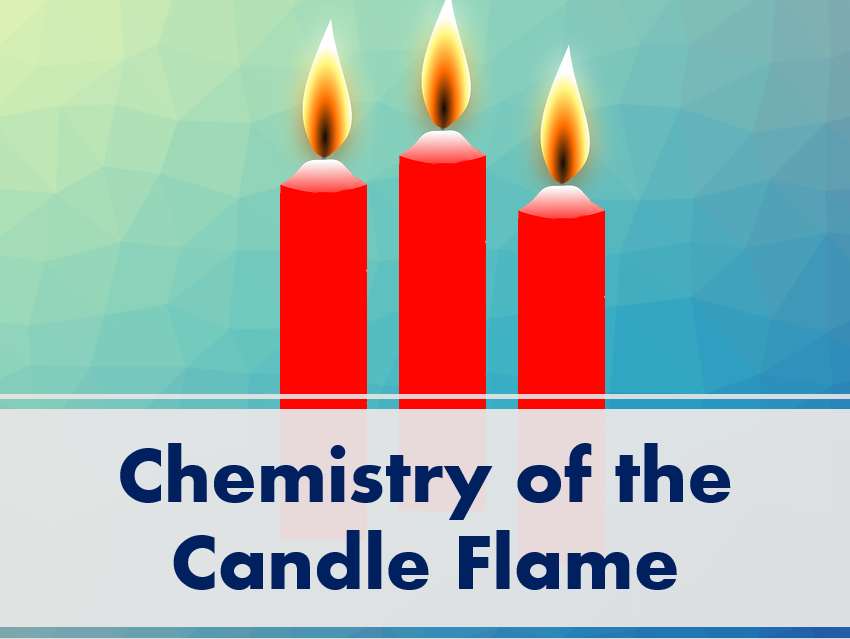The smoke coming out of the chimney of the Sistine Chapel that signals the decision—white for success, black for no decision—is controlled by chemistry.
The decision-making process and voting for a new pope currently take place in utmost secrecy in the Sistine Chapel in Rome, Italy. All cardinals under the age of 80 will be able to vote. The only clue about what is happening at the papal conclave is the smoke that emerges twice a day from the burning of the ballot papers in a stove. Black smoke signals that no decision has been reached; white smoke means a new pope has been chosen.
The tradition of burning ballots to signal the outcome of a papal election dates back to at least the 15th century, with the use of smoke as a signal becoming standard by the 18th century. Initially, the color of the smoke was manipulated by adding wet or dry straw to the ballots: wet straw for black smoke (no pope elected), dry straw for white smoke (pope elected). However, this method often failed to give a clear signal, leading to confusion among onlookers.
To avoid confusion, esecially after during the 1958 conclave, when the smoke color was misinterpreted, colored smoke was created by a second stove, supplementing the smoke from the ballots. Black smoke results from a mixture of potassium perchlorate (oxidizer), anthracene, and sulfur. White smoke is produced using a mixture of potassium chlorate (oxidizer), lactose, and a colophonium-resin known as Greek pitch, a material obtained from pine trees and other plants, mostly conifers.
- Philip Ball, Science behind the Vatican’s smoke signal explained, BBC 13 March 2013. (accessed May7, 2025)
Also of Interest

Video: The Chemistry of the Candle Flame
What happens chemically when a candle is burned?
Correction, May 9, 2025
Greek pitch is a colophonium-resin; the text previously misstated the substance as chloroform resin.



